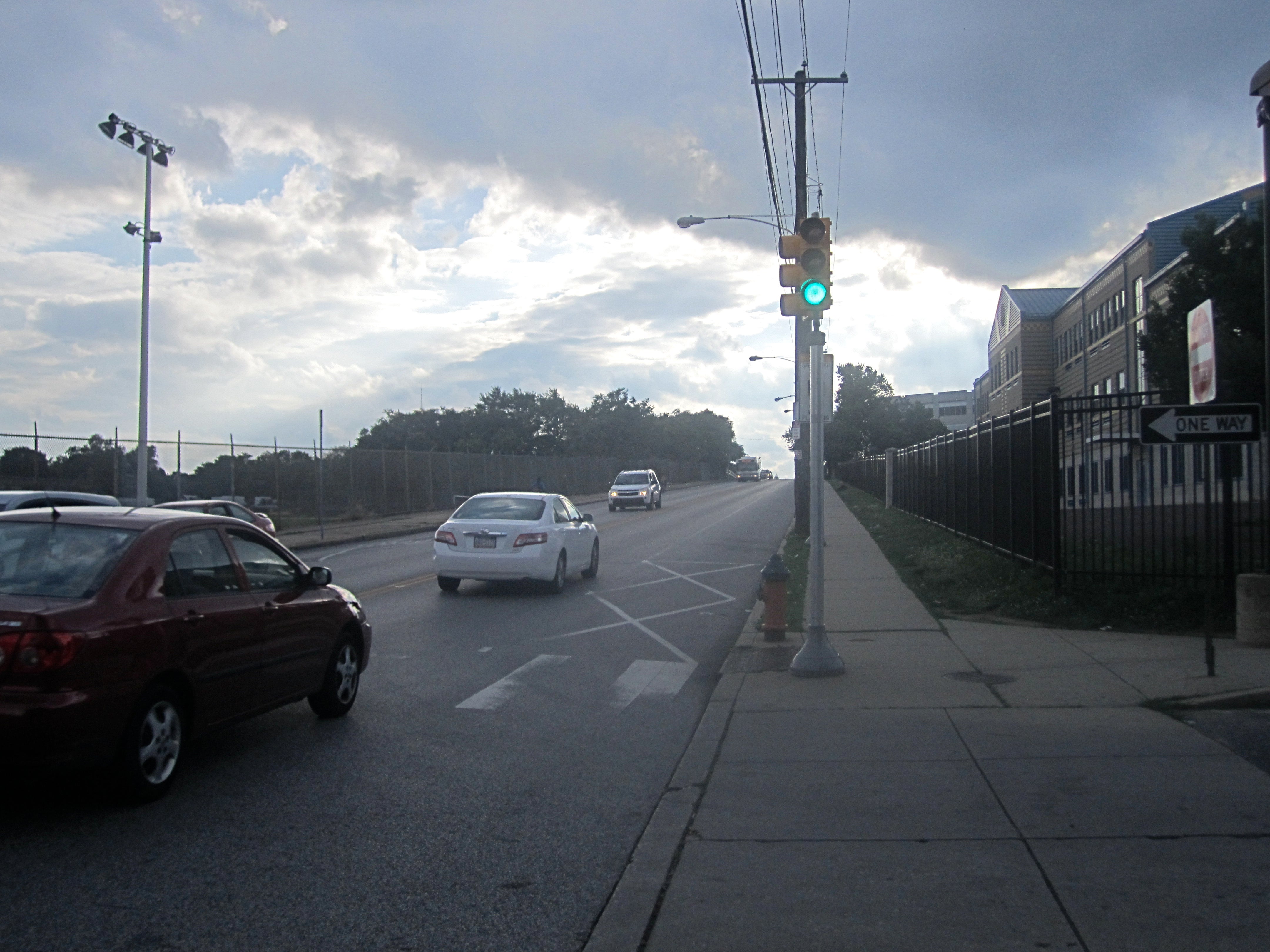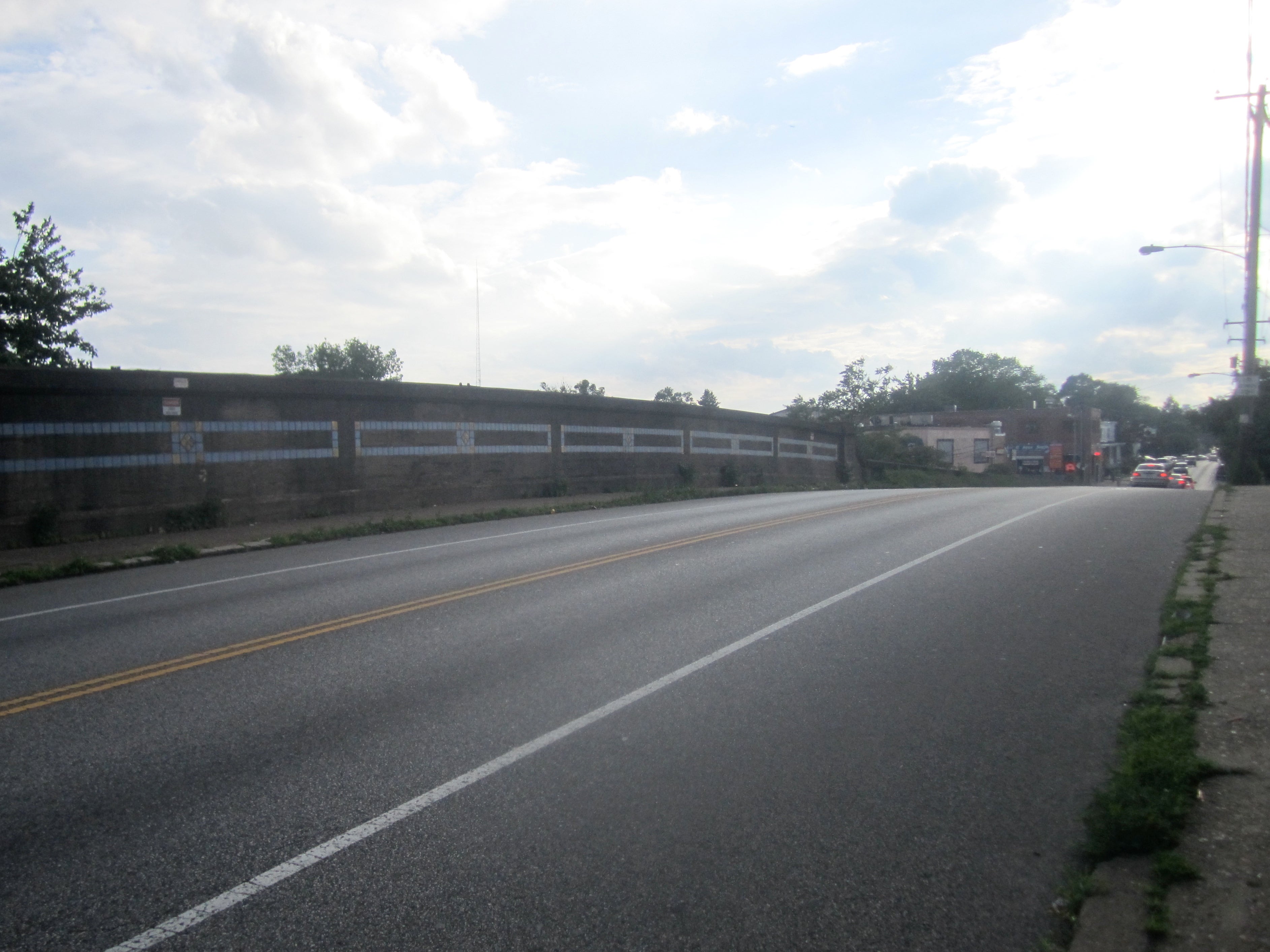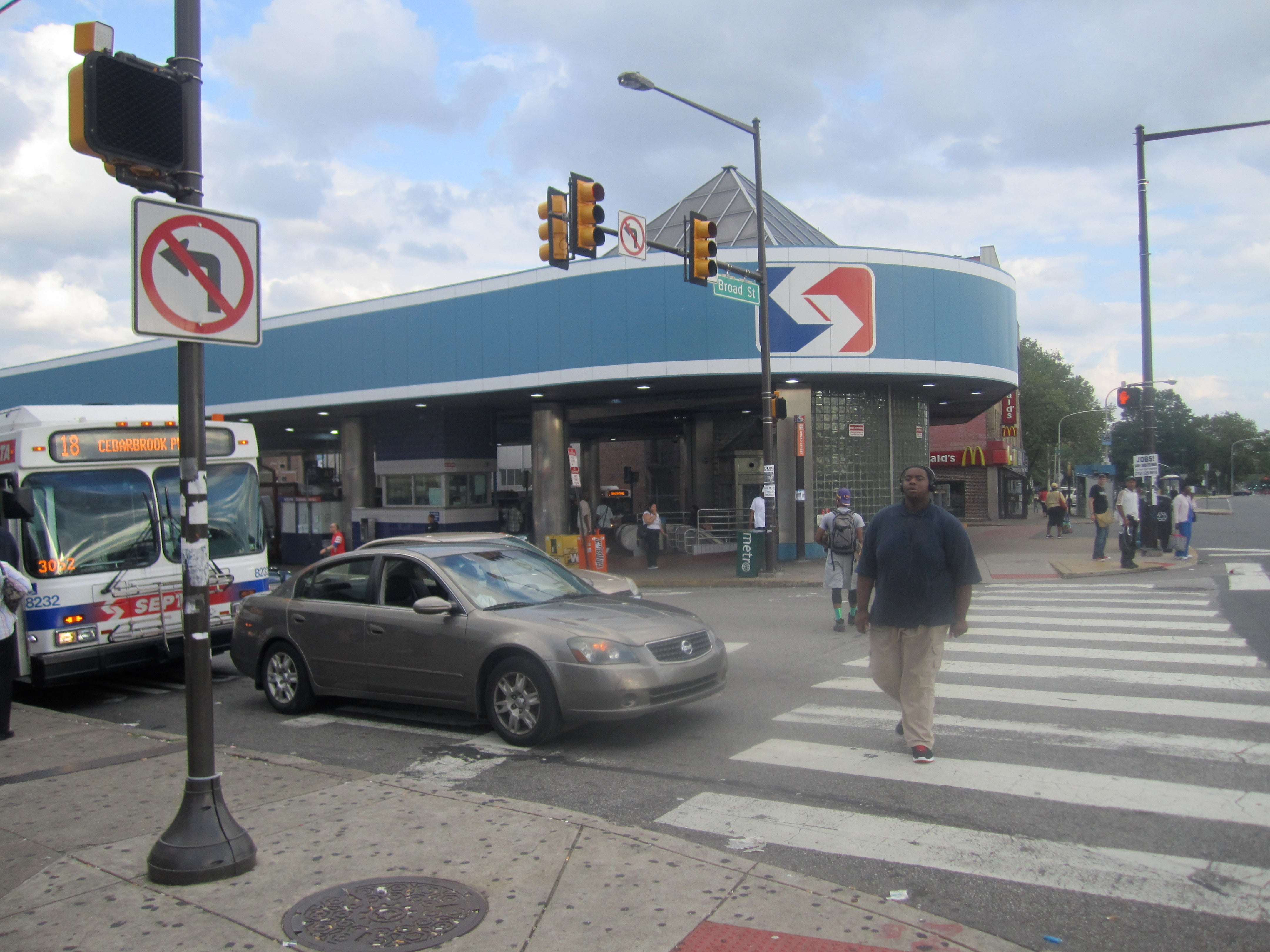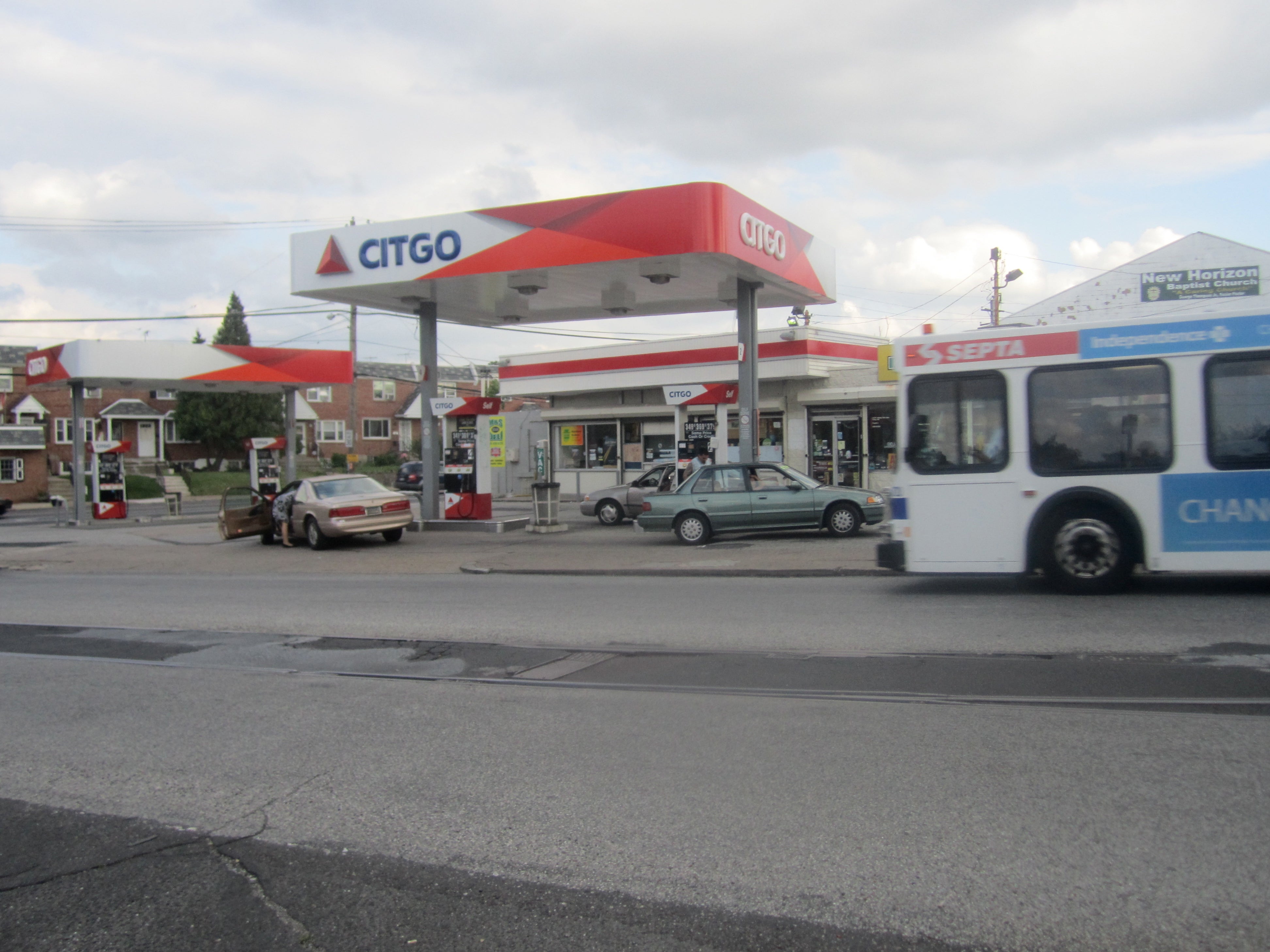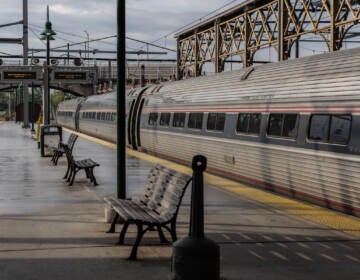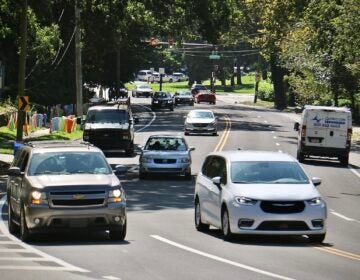PennDOT plans Olney Ave. signal, safety improvements
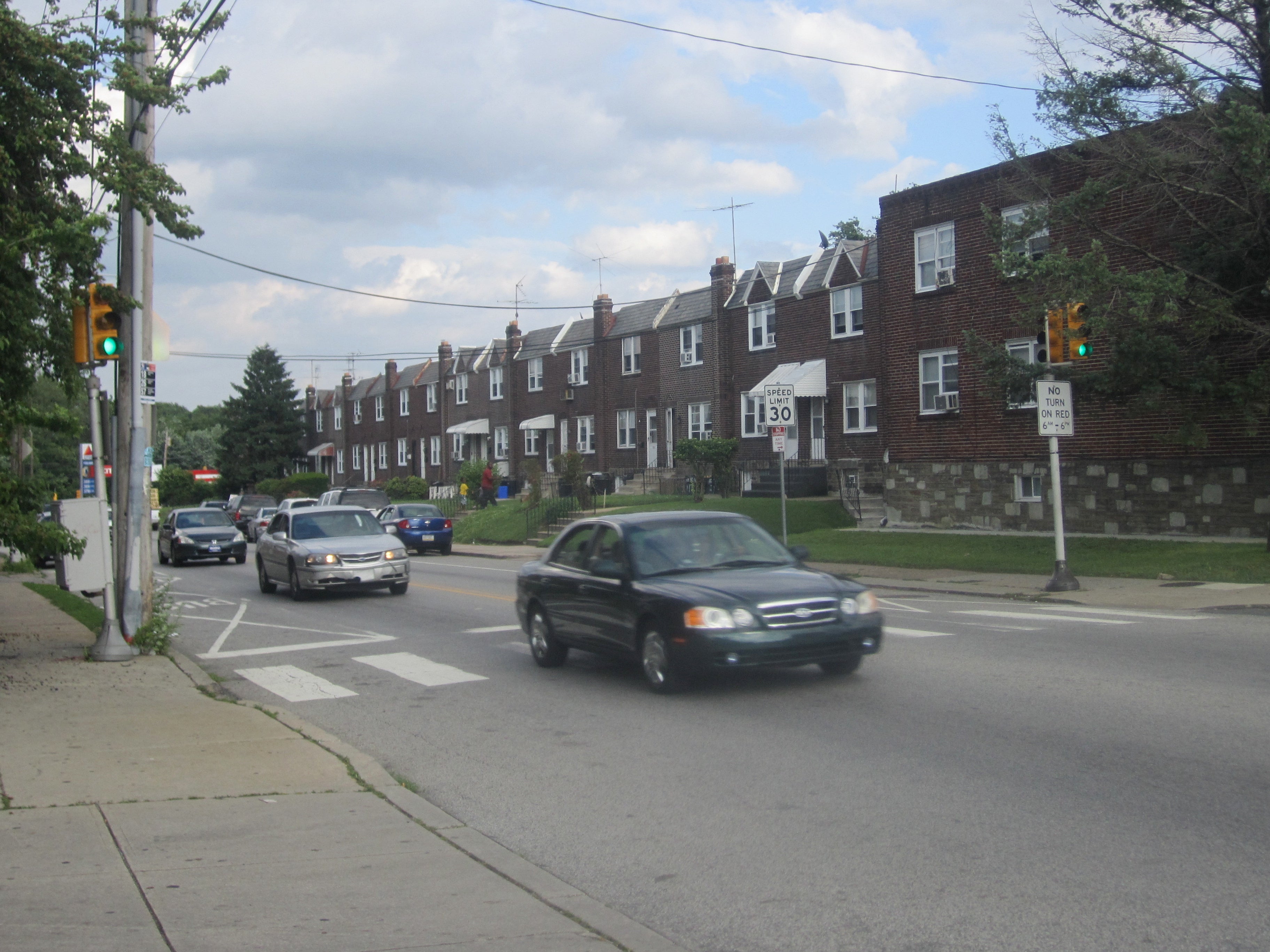
Over the next few years, PennDOT will work to improve safety along Olney Ave. through a series of traffic signal and pedestrian environment upgrades. PennDOT held a meeting at Grover Washington Jr. Middle School Tuesday to bring the public up to speed.
The project will feature the installation of new, overhead traffic signals at 15 of the 21 Olney Ave. intersections from Broad street to Rising Sun Avenue. The new, modernized signals will optimize signal timing and coordination. They will also adjust the times given for vehicles and pedestrians to pass through the intersections. Fiber optic cable will connect the new signals and allow the Philadelphia Streets Department, which will maintain the signals after PennDOT installs them, to control the signals remotely.
Pedestrians stand to benefit from the signal upgrade in more ways than one. In addition to installing pedestrian crossing countdown timers, the project includes installation of ADA-compliant curb ramps and high-visibility crosswalks.
“Generally the goal is to improve safety along the corridor,” said Anton Kuhner of McMahon Associates, Inc., the prime design consultant.
In 2007, Olney Ave was identified in Pennsylvania’s Five Percent Report as one of 17 locations exhibiting the most severe safety needs. In response to that finding, the Delaware Valley Regional Planning Commission (DVRPC) completed a road safety audit (RSA) that sought low-cost, quick turnaround ways to reduce vehicle crashes and improve safety along Olney Ave. This current Olney Ave. signal improvement project grew out of that 2008 RSA.
While the intersections are the focus of much of this work, PennDOT will install a raised median on the bridge between Front and B streets to create the visual of a more narrow road and, hopefully, slow traffic over the bridge.
“Often times coming over the bridge vehicles come up to speed,” Kuhner said.
That is particularly concerning because the Grover Washington Middle School is on the B Street side of that bridge. There, PennDOT will improve the school pick-up/drop-off area.
The project also includes access management improvements at the Citgo gas station near the intersection of Rising Sun Avenue.
“We’re going to look at some ways to reduce access at that intersection, to reduce some of the confusion,” Kuhner said.
At Broad and Olney streets, the project will install an additional signal to make it easier for busses to exit Olney Transportation Center and enter traffic.
Phillip Green, interim director of the North 5th Street Revitalization Project, attended PennDOT’s public meeting and asked if the project could include traffic calming measures at Olney Ave and 5th Street. There, three of SEPTA’s top 10 busiest bus routes intersect. Green said passengers switching buses often have to cross both streets, have little room to stand on the curb and must be wary of cars making fast left turns.
Bruce Masi, a PennDOT consultant leading the project, said that at that interstion PennDOT “can work through the possibility of bumpouts,” which would extend sections of curb further into the road. The idea behind bumpouts is that, by taking up excess road space, they encourage reduced vehicle speeds and, in some cases, provide more curb space for pedestrians.
Green also asked about bike lanes.
“When I Google Map it, it tells me to go down Olney, but [that’s] kind of dicey,” he said.
Masi said it is unlikely that the project will include bike lanes.
Preliminary engineering is expected to wrap up in November. PennDOT hopes to have the final design complete in February 2016, and the year-long construction will run from the summer 2016 through summer 2017.
In total, the project is expected to cost $4.5 million – $4 million for the roadway and traffic signal improvements and another $500,000 for the fiber optic interconnection.
WHYY is your source for fact-based, in-depth journalism and information. As a nonprofit organization, we rely on financial support from readers like you. Please give today.




